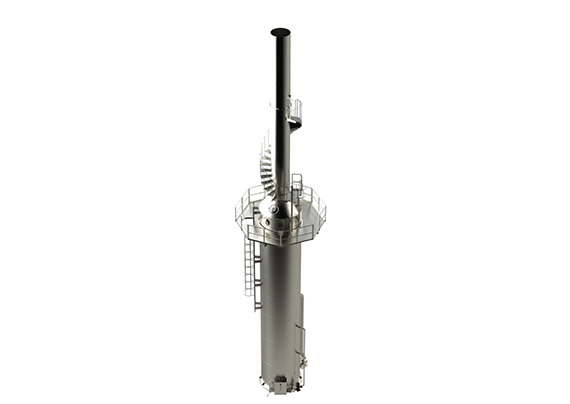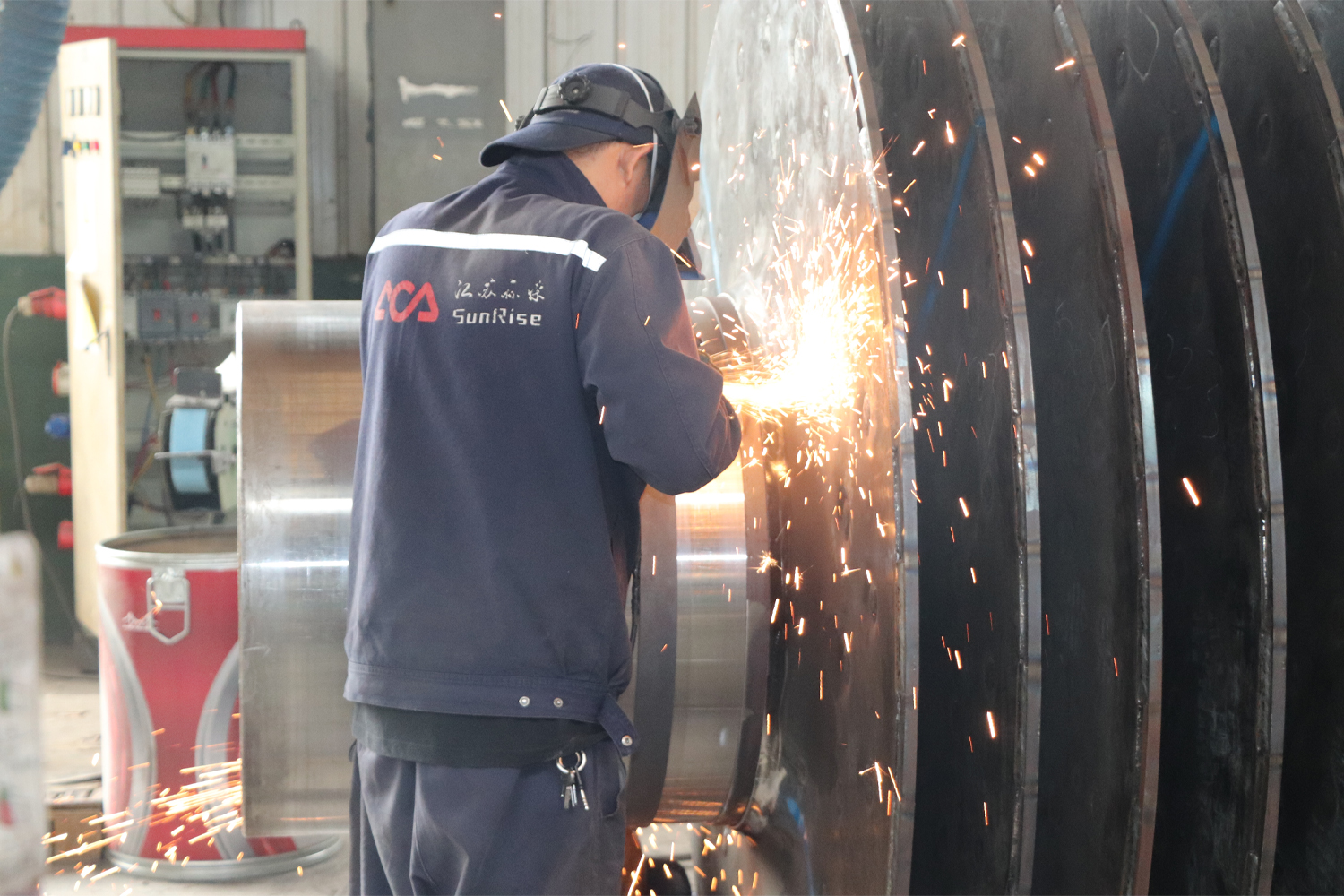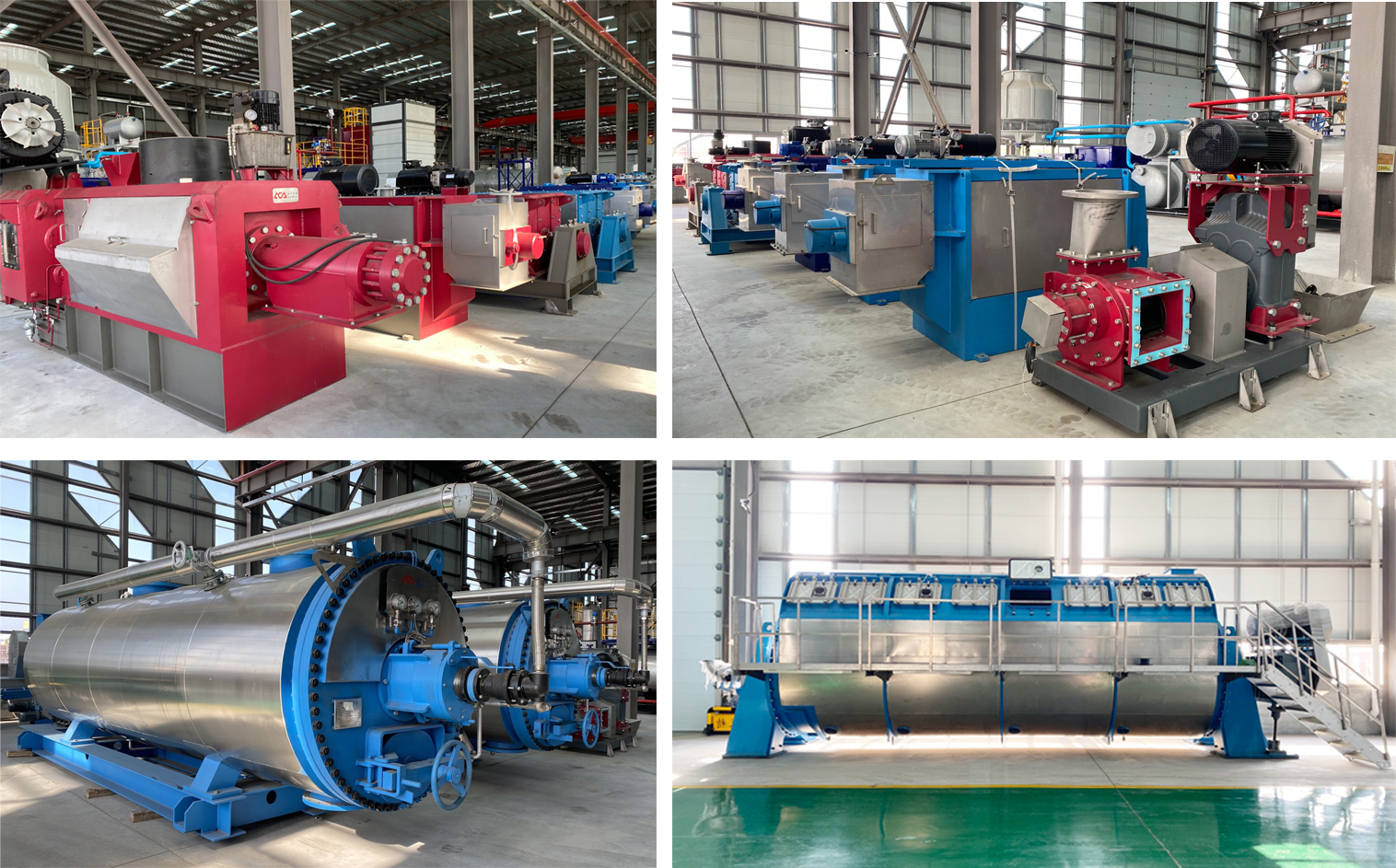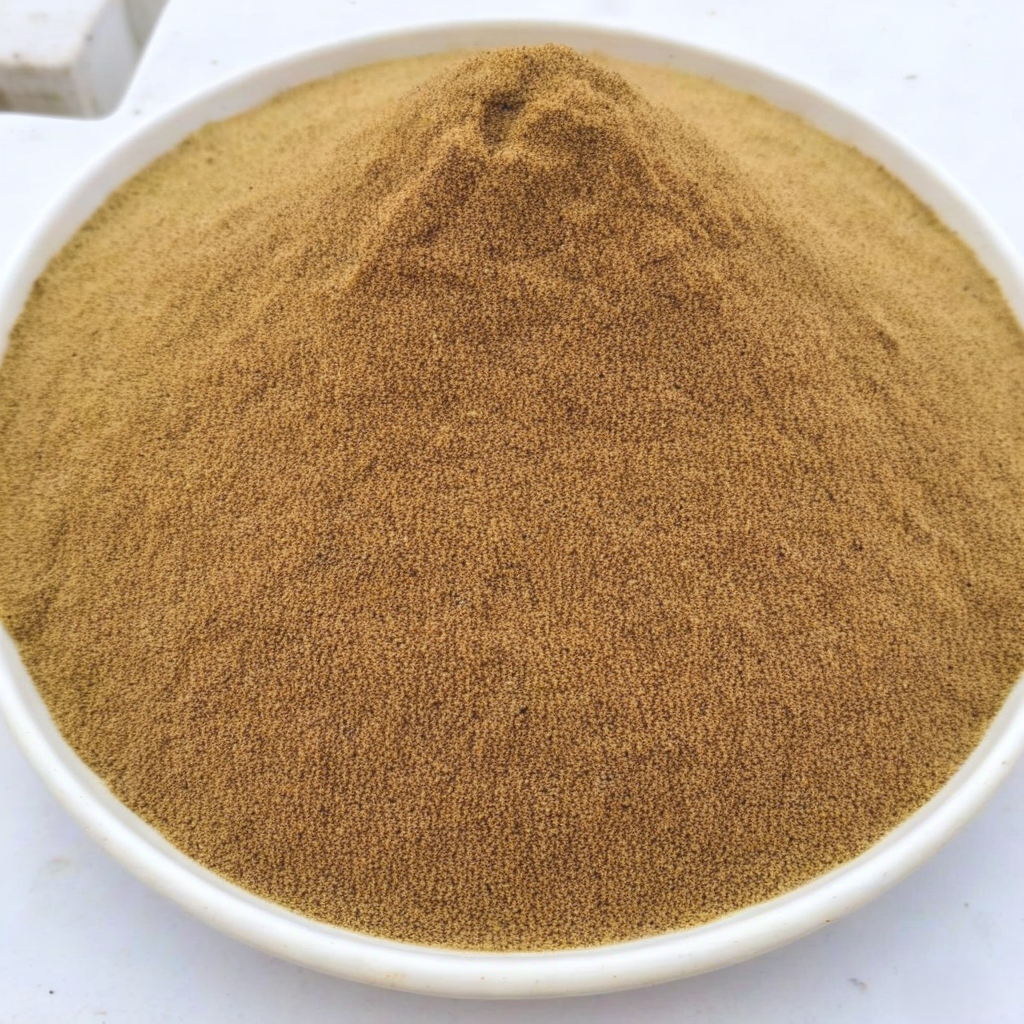
Exploring the Fascinating World of Rendering Plant
Exploring the Fascinating World of Rendering Plant
What is the rendering plant mean?
A rendering plant is a processing facility where the remains of deceased animals are turned into goods like biodiesel and food for humans. The principle sources of garbage and remains at these sites are slaughterhouses. All non-usable parts, like skulls, hooves, bones, blood, and offal (internal organs), are transferred to a rendering facility. The secondary contributions are animal carcasses from cattle and confinement activities. Horses, llamas, and other deceased farm and zoo animals can also be taken to a rendering factory. There are also dog and cat remains and road kill, including deer, skunks, rats, and raccoons.
- Rendering plants are also used by veterinary offices and animal shelters to dispose of their dead animals. They also take meat that stores reject or throw away. The rendering facility also creates “edible rendering” items for human consumption. In this method, edible components (mainly fat) are chopped, cooked at low temperatures, and then the liquid and fat are separated from the particles using centrifugal force.
What Is the Process for Rendering Food Products?
It is often a meat-processing procedure that produces lard or edible tallow, which you may find in some of your food products when a rendering process produces anything edible. Machines are needed to break up the edible fat into little pieces during the continuous movement at a temperature lower than the boiling point of water required for the edible rendering process. The next step is to apply heat, which may or may not include steaming. Edible rendering requires at least two steps of centrifugal separation after the heating procedure. The first stage involves separating the particles from the liquid and fat combination. The second stage involves separating the water and fat from one another. Depending on the origin of the ingredients, some food products for people and many for dogs contain residual solids. The fat can also be used to make soap or in some culinary items. Typically, edible rendering is the responsibility of meatpacking firms.
What Is the Process for Rendering Food Products?
Utilize the power of rendering to create computer-generated representations of ideas that inspire astonishment and enthusiasm. Architects and engineers value this method because it allows them to see the design in real life before it is implemented. Rendering makes seeing a design without building it feasible, saving time. This procedure may advertise goods, services, and other things. Additionally, it helps clients to picture their idea outside of the building. Due to the versatility of the equipment and its capabilities compared to camera photographs, using a rendering machine is a highly beneficial experience.
It offers the chance to create visuals that transcend customary limitations. It offers the chance to create visuals that transcend customary limitations. It implies that you can produce realistic-looking, high-quality photographs. With the correct tools, you may create limitless graphics to meet the demands of your projects. You may access a variety of photographs on any device. It is crucial to consider a machine’s capability to generate graphics in various colours and textures while choosing the right one. Creating eye-catching graphics ensures your design is aesthetically appealing to your target audience. Create realistic-looking illustrations that will wow your viewers. As a result, your completed product will appear genuine.
What are the benefits of Rendering Plants?
Rendering plant provides several advantages. For instance, they offer a productive technique to transform meat and animal waste into valuable goods like feed and fertilizer. Recycling deceased animals that would otherwise be thrown away or placed in landfills also contributes to the preservation of our ecosystem.

- Convenient:
Disposing of your animal corpses with this rendering facility will be really simple, and you won’t even need to go near them. It might save you time because you won’t have to spend time cleaning up after using this gadget. The poultry industry includes the rendering factories as a significant segment. To provide protein meals and fat for animal feed and other goods, entire meats, or their portions and waste products, must be processed. They are extremely effective processes that simultaneously treat hundreds of pounds of meat waste.
- Lessen Waste:
According to estimates, many animals worldwide perish each year from illness or natural reasons like ageing or parasites in their systems. If the garbage from these deceased individuals isn’t properly disposed of by composting or burning, it can easily pollute the water supply. Instead, you may completely remove this waste by turning it into fuel when you have your rendering facility on your land. The process of turning garbage into products like animal feed, fertilizer, and soap to eliminate waste from eateries, farms, and other food-processing enterprises.
- Clean Up:
There will always be a mess to clean up after disposing of dead animals. The mess that remains after disposing of your animal corpse won’t exist with a rendering facility.
- The creation of jobs for locals:
These facilities employ both those who work at poultry rendering factories and those who work for other businesses that buy the rendered fat they sell for use in their goods. The local economy frequently depends heavily on the rendering plants. Many families rely on well-paying jobs at rendering companies as a source of income. Another significant component of the food processing sector is rendering factories.
Conclusion:
An establishment called a rendering plant transforms meat byproducts like animal fat and bone into marketable goods. Regarding meat rendering facilities, they successfully convert waste from the slaughterhouse that would otherwise go unutilized into cooking oil and other forms of fat. The meat company includes the rendering factories as a significant component. Additionally, they eliminate potentially harmful pollutants from processing waste, such as salmonella. Dedicated to animal protein, oil, nutrition, food, biotechnology, and solid waste treatment, SunRise is a complete environmental protection technology limited business.



